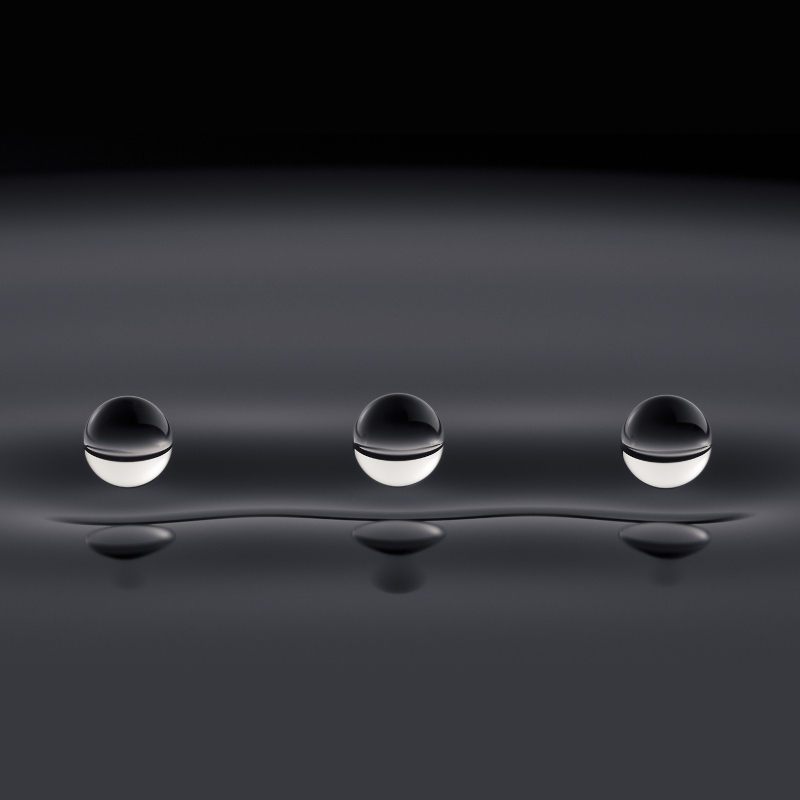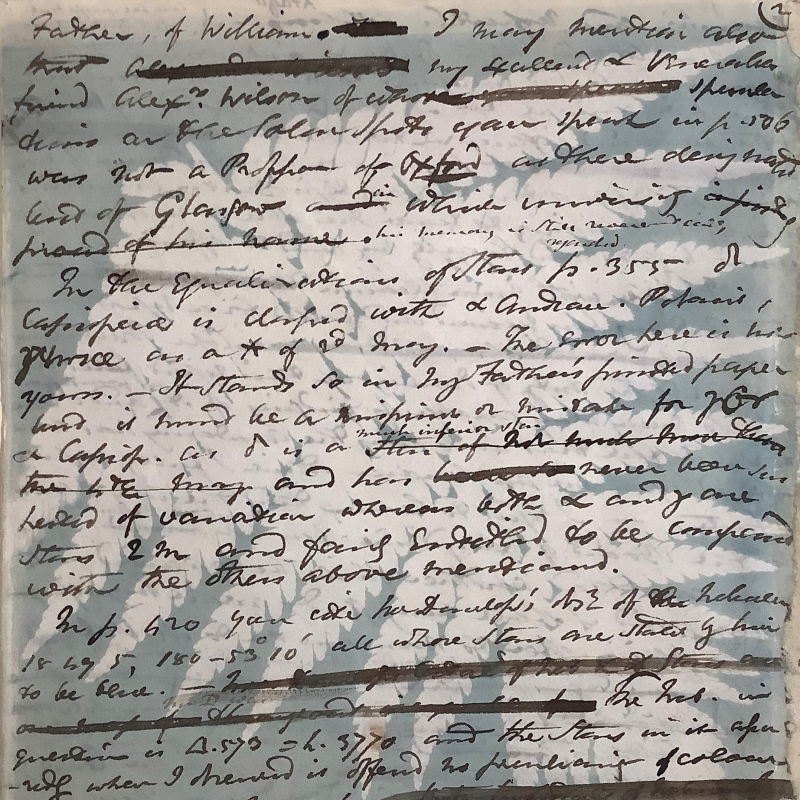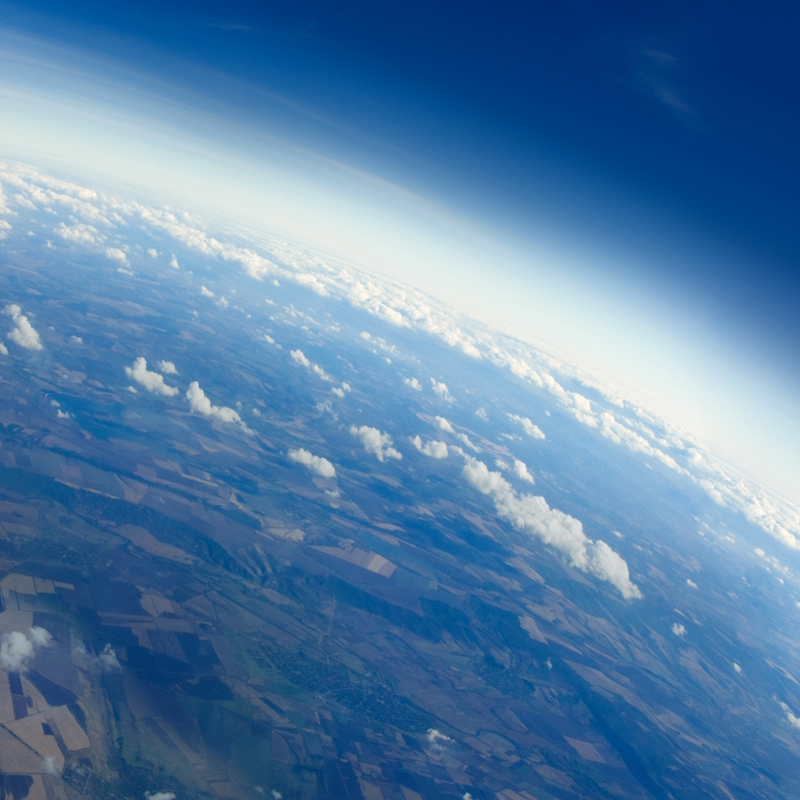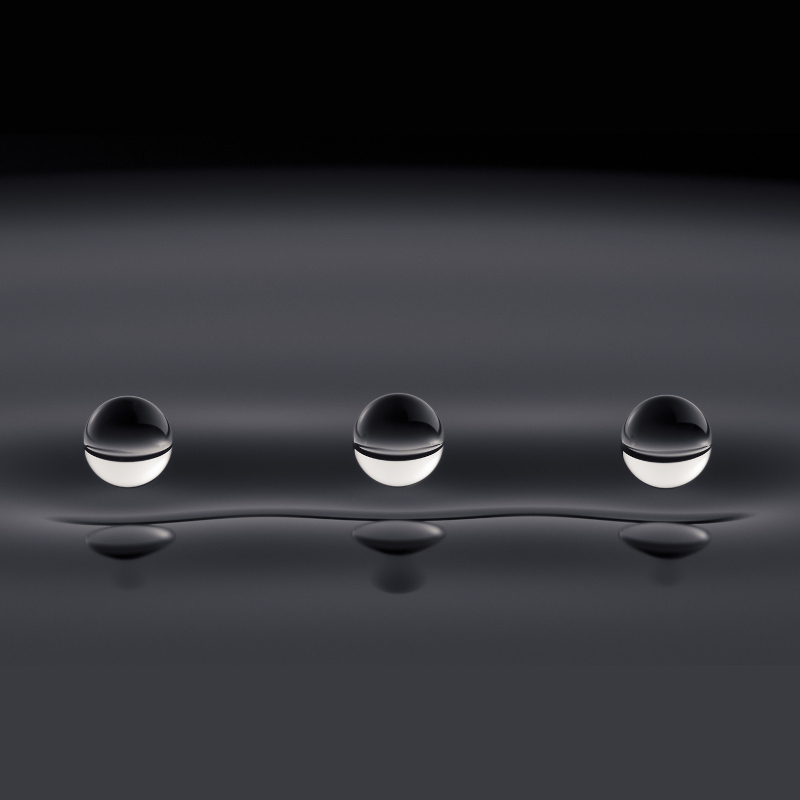What makes a good entry to our Photography Competition? We asked our judges for their thoughts…

The annual Royal Society Publishing Photography Competition re-launched last month following a 4 year absence, and with only weeks to go before the closing date of the 18 August we asked our judges for their feedback on what a good picture actually looks like to them.
As a judge, what are you hoping to see in the entries?
Duncan Mackay: For the entries I hope to see photos that have human appeal and demonstrate timeliness and originality on topics that are currently important to human society.
Ulrike Muller: I look for images that are aesthetically pleasing, draw and hold my attention, invite and reward closer examination, are ultimately comprehensible, and open the door to the science story behind them.
Jon Blundy: Images that capture the beauty and wonder of scientific phenomena, both in nature and in the laboratory. These can be conventional photographs or digital images from microscopes or telescopes.
What qualities does a winning image have?
Duncan Mackay: The image should be well balanced in terms of light, subject and composition, capturing the detail that the photographer wishes to convey.
Ulrike Muller: Some natural phenomena are so beautiful that many of us have taken and shared those pictures. When picking winners, I look for images that I have not seen over and over again. So I favour fresh perspectives, motives, and subjects.
Jon Blundy: The winning image must be technically excellent, of course, but also be accompanied by an explanatory sentence or two explaining just what the image shows and why it is extraordinary. This context is a very important aspect of the competition.
Why should scientists submit to the competition?
Duncan Mackay: The competition provides a unique platform for scientists to demonstrate their work.
Ulrike Muller: Scientists create so many beautiful images. This competition is a great way to share those images with a broader community and to draw attention to the visual beauty of what we study in the life and natural sciences.
Jon Blundy: Science encompasses a very wide range of phenomena, from erupting volcanoes to stormy skies and from micro-organisms to laboratory experiments. This competition aims to capture the visual beauty and wonder of the scientific world.
To submit your entry please check out our Terms and Conditions and submit via our website. We look forward to seeing your photographs, and good luck!
Image credit: Our 2019 overall competition winner 'Quantum droplets' by Aleks Labuda, in collaboration with Jan Belina.




